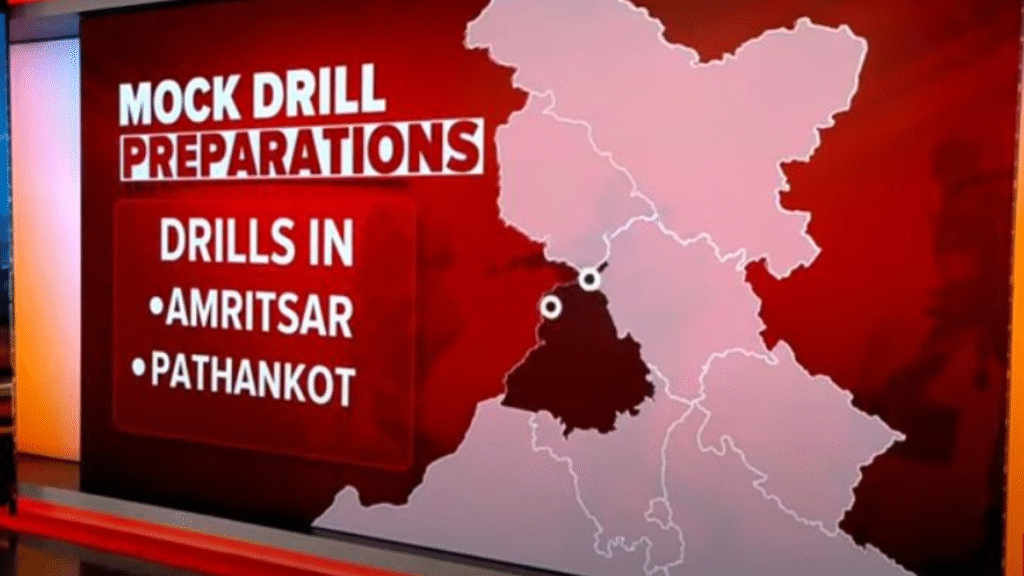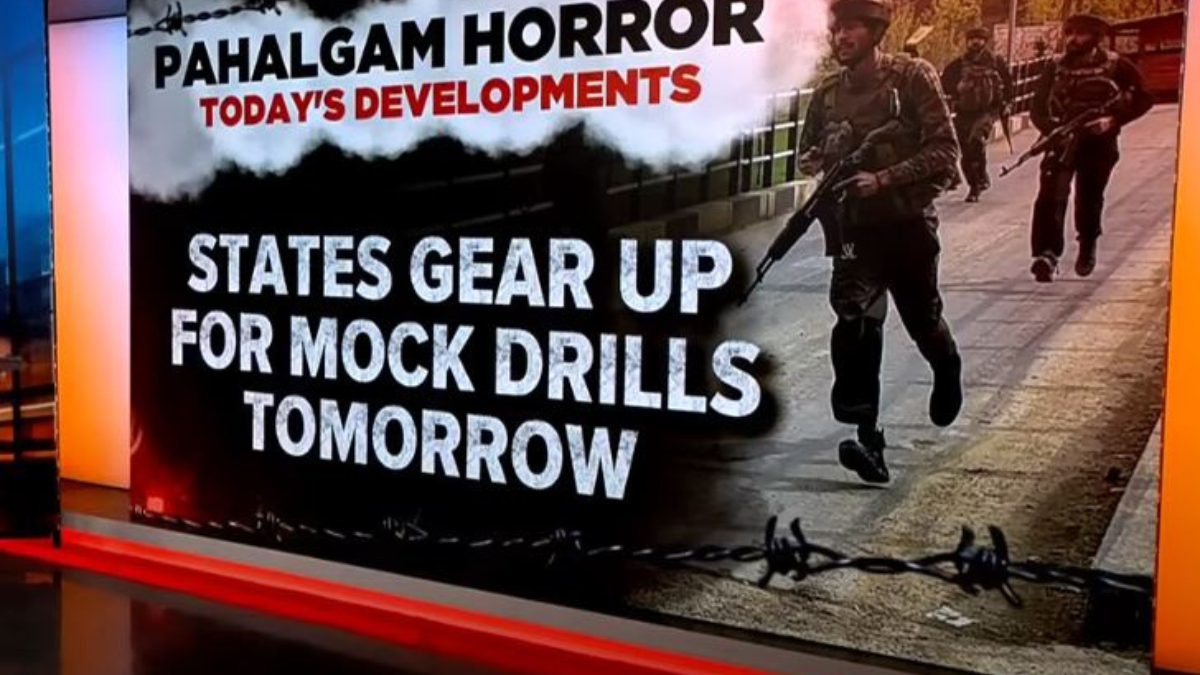In a move signaling heightened vigilance and strategic preparedness, five Indian states bordering Pakistan are set to launch a series of intensive border security drills starting tomorrow aimed at fortifying the nation’s defenses amid growing geopolitical tension and cross-border threats. The massive security drills exercise, described by officials as “critical and unprecedented in scale,” will span across Punjab, Rajasthan, Gujarat, Jammu & Kashmir and Ladakh.
This comprehensive security operation, codenamed “Suraksha Kavach 2025″, will engage multiple defense forces, including the Border Security Force (BSF), Indian Army, Air Force surveillance teams and state police departments in a synchronized effort to simulate real-time infiltration scenarios, drone threats and high-risk border incursions.
Why Now? The Strategic Timing of These Secuirty Drills
The announcement comes at a time when intelligence inputs point toward an increased risk of cross-border terrorism, particularly with the onset of summer a season historically exploited by hostile elements for infiltration due to clearer terrain conditions.
Top officials from the Ministry of Home Affairs (MHA) and Ministry of Defence (MoD) have hinted at specific credible threats, prompting an escalation in pre-emptive readiness measures. These security drills are not merely precautionary but a strategic deterrent to adversaries contemplating border transgressions.
“India must be ready not just to respond, but to anticipate and neutralize. These security drills are about muscle memory, rapid coordination and real-time response to evolving threats,” said a senior BSF official stationed in Punjab.
Mock Security Drills Scope: What’s Happening on the Ground

Each state’s drill has been tailored to its unique topographical and threat profile:Punjab will test night-time infiltration detection systems, with live simulations of tunnel-based crossings and narcotics smuggling.
Rajasthan, with its vast desert border, will host drone surveillance and long-range sensor deployments, including AI-assisted response drills.
Gujarat, known for its marshy terrain in the Rann of Kutch, will conduct amphibious mobility exercises and mock evacuation protocols.
Jammu & Kashmir will simulate high-altitude incursions and multi-pronged terrorist attacks, collaborating with special ops teams.
Ladakh will focus on air reconnaissance, satellite intel sync-ups and cold-border mobilization strategies.
More than 50,000 personnel are expected to participate security drills across all zones. Additionally, logistics support, mobile command centers and real-time AI surveillance systems will be tested for battlefield readiness.
Tech Takes Center Stage
This year’s security drills mark a dramatic shift towards next-gen warfare preparation. The use of drone jammers, deep surveillance drones, AI-driven threat analysis, thermal imaging and mobile radar units will be widespread.
India’s indigenously developed tech like the “Netra V3” UAVs, DRDO’s automatic intrusion response system, and GIS-based terrain mapping platforms will be deployed during drills for stress testing under active field conditions.
The Indian Air Force has confirmed that low-flying aerial patrols and infrared scans will be part of the exercise in Ladakh and J&K regions where Chinese and Pakistani surveillance overlaps have raised national security concerns in recent months.
Civilian Preparedness: The Forgotten Pillar
Interestingly, a segment of these security drills will also include civilian defense rehearsals, especially in border villages within 5–10 km of the International Border (IB) and Line of Control (LoC). Authorities are coordinating with Panchayats and local volunteers to conduct mock evacuation drills, emergency communication tests and disaster response modules.
A senior district magistrate from Gurdaspur, Punjab, emphasized the importance of this initiative:
“The villagers are our first line of passive defense. Their awareness and participation can save lives and assist troops in real-time intelligence sharing.”
Geopolitical Undercurrents: The Bigger Picture
This escalation in security drills posture can’t be viewed in isolation. It comes amid a flurry of diplomatic tensions between India and Pakistan, primarily triggered by renewed ceasefire violations and alleged drone incursions from Pakistan-controlled territories.
Additionally, recent intelligence reports citing Pakistani ISI-backed sleeper cells in northern India have raised red flags at the national level. The surge in narco-terrorism a dangerous blend of drugs and arms smuggling has only added urgency to India’s border hardening strategy.
Experts also link these drills to India’s long-term defense blueprint, especially in anticipation of 2026 general elections and possible unrest triggered by cross-border influence campaigns.
Official Word: What the Government Says Union Home Minister, in a press briefing, stated:
“India will not compromise on its territorial integrity. These drills send a loud message we are alert, agile and ready to defend every inch of our land.”
Defense analysts, meanwhile, see this as a show of strength, subtly signaling to both neighbors and allies that India’s border management is evolving from reactive to predictive.
Conclusion: Security Through Simulation
As the 5-state critical border security drills commence tomorrow, the eyes of the nation and the world will be watching. This isn’t just a tactical maneuver; it’s a strategic recalibration of India’s border defense doctrine. From high-tech surveillance to human intelligence, from AI-driven threat detection to grassroots civilian involvement,Suraksha Kavach 2025 embodies a holistic, aggressive, and future-ready approach to national security.

PKMKB